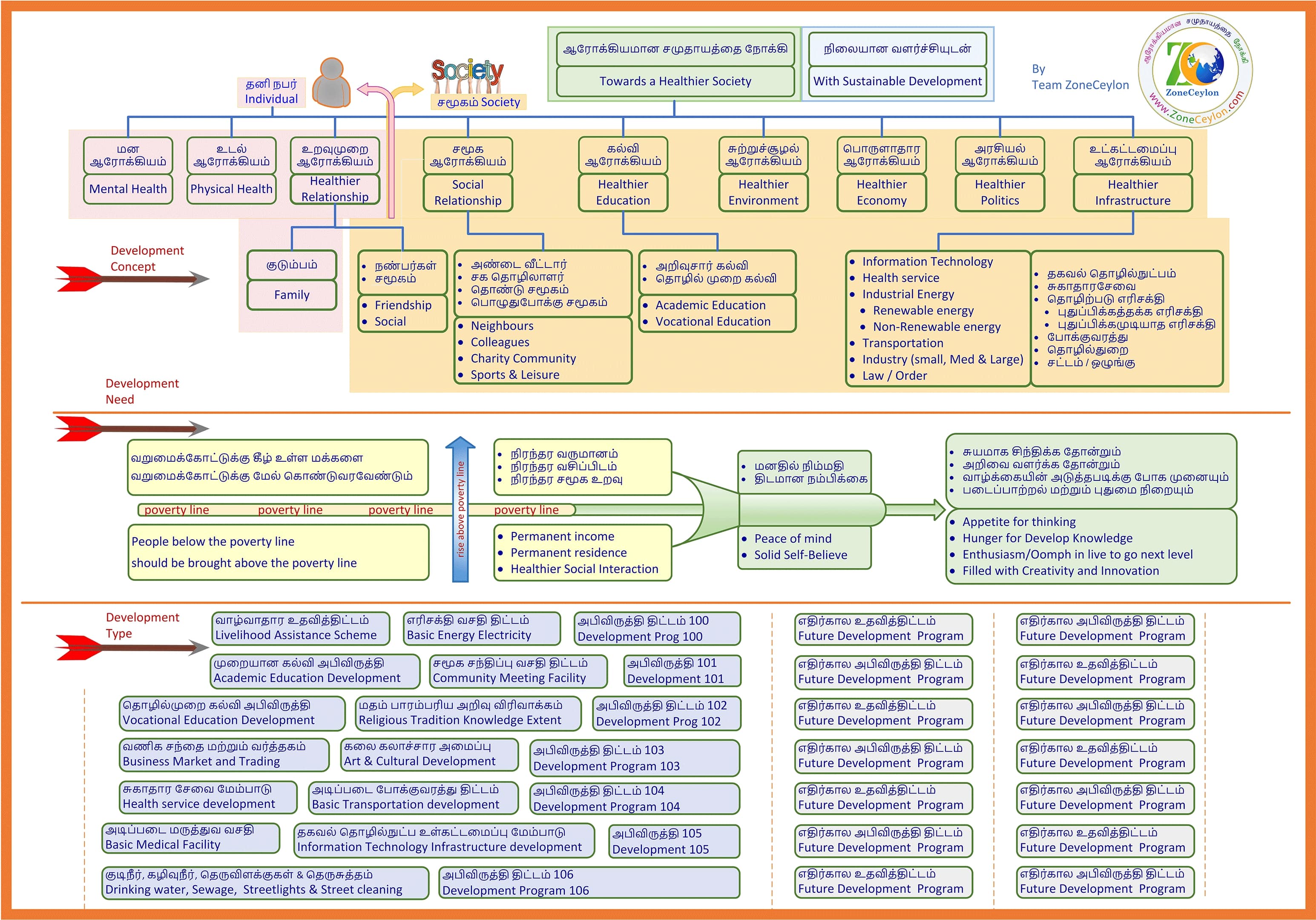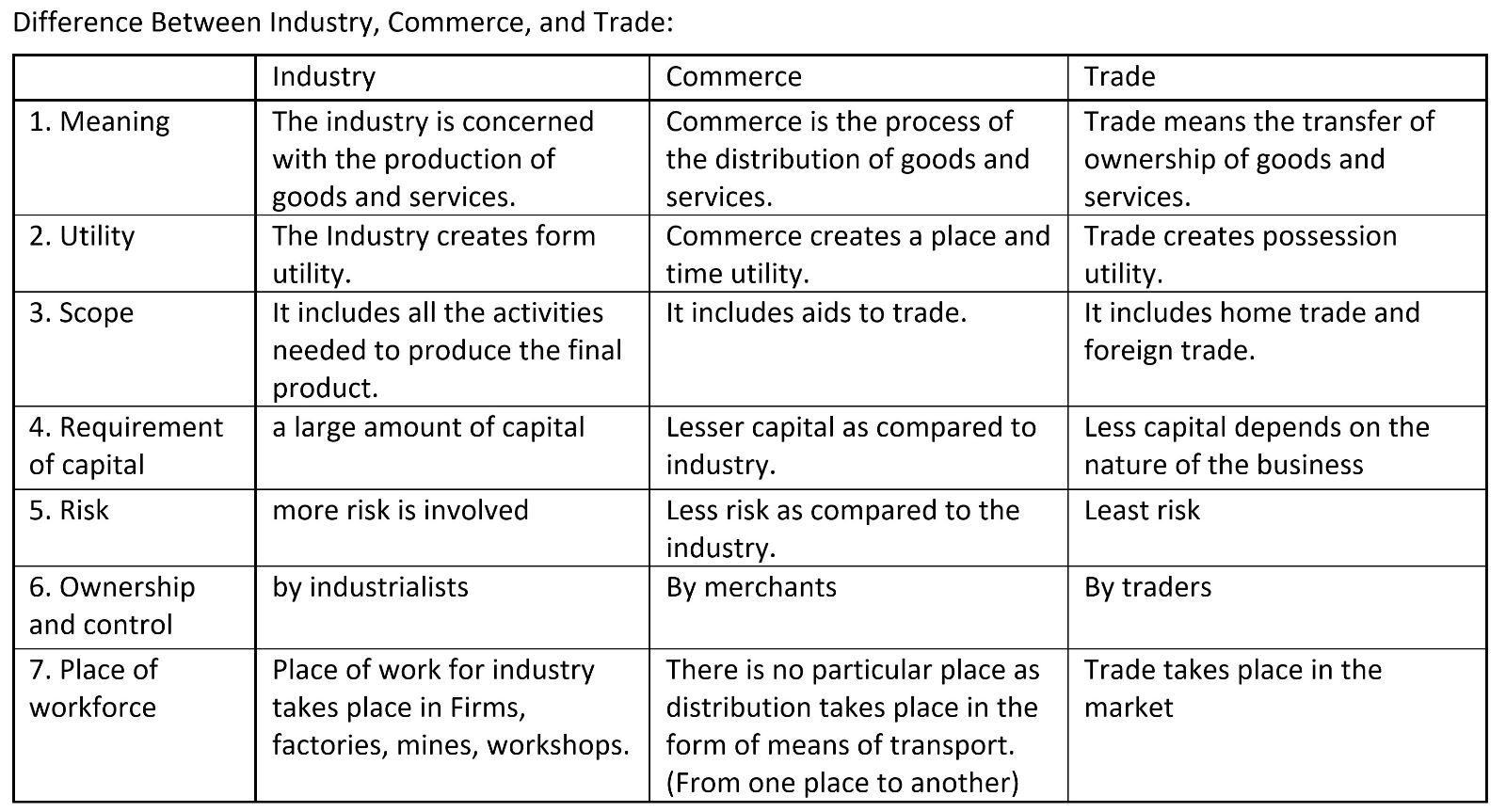Info
| Province | North Central Province |
| Area | 3,293 km² |
| Weather | 27°C, Wind W at 8 km/h, 79% Humidity |
| Sinhalese Muslims 30.10% Sri Lankan Tamils 0.85% Indian Tamils 0.10% Others 0.05% | 70.31% |
| Muslims | 30.10% |
| Sri Lankan Tamils | 0.85% |
| Indian Tamils | 0.10% |
| Others | 0.05% |
List of DS Divisions
Polonnaruwa
Description
Poḷonnaruwa, also referred as Pulathisipura and Vijayarajapura in ancient times, is the main town of Polonnaruwa District in North Central Province, Sri Lanka. The modern town of Polonnaruwa is also known as New Town, and the other part of Polonnaruwa remains as the royal ancient city of the Kingdom of Polonnaruwa.
About
Polonnaruwa District is one of the 25 districts of Sri Lanka, the second level administrative division of the country. It is also one of the two districts of North Central Province and has an area of 3,293 km².
The district is administered by a District Secretariat headed by a District Secretary (previously known as a Government Agent) appointed by the central government of Sri Lanka. The capital of the district is the city of Polonnaruwa.
Polonnaruwa District (Sinhala: පොළොන්නරුව දිස්ත්රික්කය; Tamil: பொலன்னறுவை மாவட்டம்) is one of the 25 districts of Sri Lanka, the second level administrative division of the country. It is also one of the two districts of North Central Province and has an area of 3,293 km2.
The district is administered by a District Secretariat headed by a District Secretary (previously known as a Government Agent) appointed by the central government of Sri Lanka. The capital of the district is the city of Polonnaruwa.Polonnaruwa was first established as a military post by the Sinhalese kingdom.[1] And, it was renamed Jananathamangalam by the Chola dynasty after their successful invasion of the country in the 10th century.[11] Under this period systematic destruction of the Buddhist civilisation took place in the northern plains of Sri Lanka. Raja Raja Chola I built Vanavan Mahadevisvaram, a Shiva temple at Polonnaruwa named after his queen, which presently is known as Siva Devale.[12] The temple among other contained Ganesha and Parvati statues of bronze.[7] north and central parts of Sri Lanka was under this period ruled under Rajendra Chola I directly as a Chola province. However, following the year 1070 AD ended the Chola rule in the island, and Polonnaruwa was captured by Vijayabahu I of Polonnaruwa also known as Vijayabahu the great.[13]
Starting from Mahanagakula on the south of the Walawe river, Vijayabahu dispatched three armies to attack Polonnaruwa from three fronts. One army was sent along the western shore of the country to the port of Mahathittha to deal with any reinforcements arriving from South India. Afterwards, part of this army moved towards Polonnaruwa and attacked from the northwest. A second army was sent from the east across Magama to attack Polonnaruwa from the east. The third and main force advanced across the country, led by the king. Surrounded by these three armies, Polonnaruwa was besieged for seven months before king Vijayabahu’s forces entered the city. In 1070, Vijayabahu became the ruler of Polonnaruwa.[14][15] At that time Sri Lanka was known as Thambapanni.
Trade and agriculture flourished under the patronage of the famous grandson of King Vijayabahu I of Polonnaruwa, king Prakramabahu the Great, who was so adamant that no drop of water falling from the heavens was to be wasted and each was to be used toward the development of the land.[citation needed] Hence, irrigation systems that are far superior to those of the Anuradhapura Age were constructed during Parakramabahu's reign – systems which to this day supply the water necessary for paddy cultivation during the scorching dry season in the east of the country. The greatest of these systems is the Parakrama Samudra or the Sea of Parakrama which was also used as a large sea-going ship anchorage via the Mahaweli River.[13] The Kingdom of Polonnaruwa was completely self-sufficient during King Parakramabahu's reign.
With the exception of his immediate successor, Nissankamalla I, the other monarchs of Polonnaruwa were not as strong-willed and were prone to picking fights within their own court.[citation needed] They also went on to form more matrimonial alliances with stronger South Indian kingdoms until these matrimonial links superseded the local royal lineage. This prompted an invasion by the Aryacakravarti dynasty warlord Kalinga Magha in 1214, which saw the complete destruction of the metropolises of Anuradhapura and Polonnaruwa by burning. Kalinga Magha by the time of his defeat had destroyed the Buddhist civilization in north of Sri Lanka.


